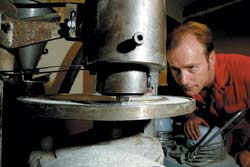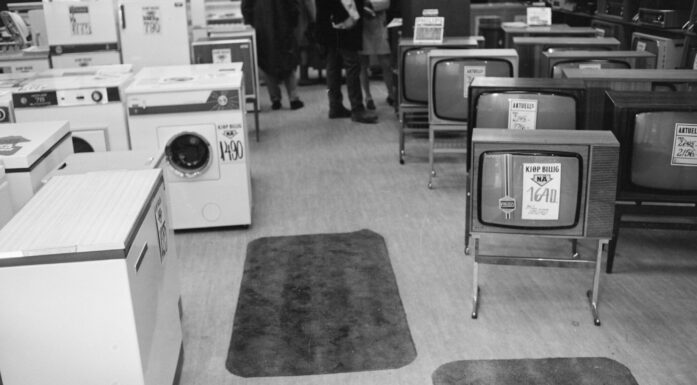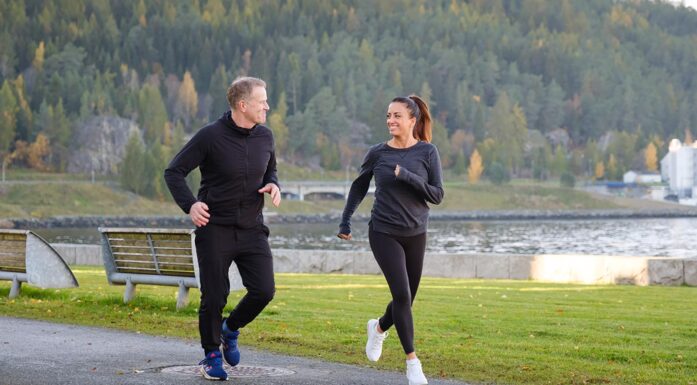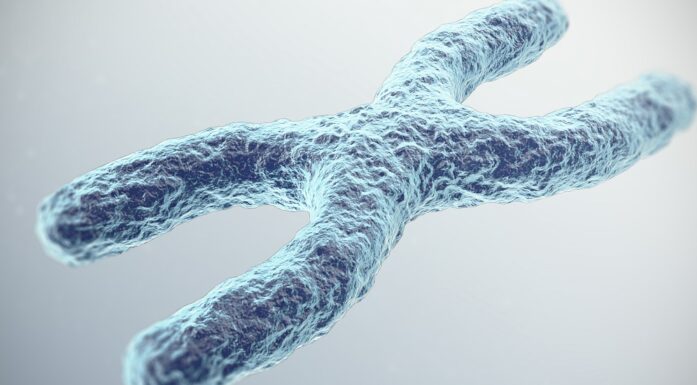Underground in New York
Norwegian scientists are key figures in the first major expansion of New York’s subway system since 1930.
The ever-growing need for transport on the West Side of Manhattan is the reason why Norwegian expertise is now in action under the Big Apple. Subway Line no. 7 between Times Square and 38th St. is to be lengthened, and Norwegian scientists are currently analysing the bedrock on which this part of the city stands. The client is the New York Mteropolitan Transportation Authority.
Small-scale drilling
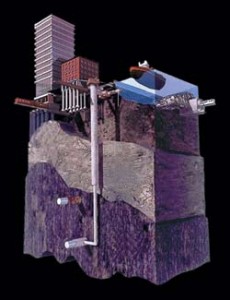
DEEP KNOWLEDGE: a cross-section of the ground below New York. On the left is the subway, 30 – 50 feet below the surface, while the water supply tunnels lie at depths of 100 to 400 ft.
Illustration: Don Foley, National Geographic Image Collection
This prestigious job went to SINTEF because our researchers can carry out what is known as “drillability testing” using very small-scale samples. No-one else in the world can do this. Such tests reveal what a given type of rock can withstand and how much resistance it will offer when a tunnel is being bored. The equipment being used on this job has been designed and built by NTNU/SINTEF.
The scientists have been carrying out tests of this sort for more than 30 years, and they have developed software that lets them model tunnel-boring rates and costs; in combination with laboratory tests, these make up a useful set of tools for planners. Articles on the modelling software have been published in international journals, bringing it to the attention of contractors and clients who have contacted the Norwegian scientists. During the past three or four years quite a few contracts have come from New York, and the feedback from the other side of the Atlantic has been very positive: the laboratory is doing a god job.
“Drillability testing often means taking out sample of large blocks of stone which may weigh several tonnes. Obviously, this is a very expensive and laborious process. With our equipment we can perform equivalent tests on samples that weigh only a few kilos and are just a few centimetres in diameter”, says project manager Filip Dahl.
Useful drilling information
Once the samples have been brought out of the ground they are sent to SINTEF for testing and analysis. The samples from Manhattan are tested in the laboratory in order to determine their mechanical and mineralogical properties. After a thorough round of data-processing they provide the scientists with valuable information about how the tunnel should be bored. Choices of equipment and methods are critical, since poor calculations can have major technical and financial consequences.
“The programs that we use link information on sample data and drilling technology. This knowledge is the result of more than 40 years of research at NTNU”, says Dahl. The cores themselves are drilled out with the aid of Norwegian expertise: the SINTEF spin-off company Devico has developed drilling equipment that can be remotely controlled in all directions at the same time as it takes out core samples.
Underground aqueducts
The drill-core job has also led to SINTEF carrying out tests for new contracts and plans, in this case for improvements to New York’s system of pipes and underground water-supply tunnels.
City Tunnel no. 3, which was planned in the 60s and which began to be built in 1970 is among the most complex, intricate engineering projects in the world today.
“The dimensions and length of the tunnel, its sophisticated control system, the location of the valves in special chambers and the depth of the excavations all represent highly advanced technology”, says Filip Dahl.
The work that is about to start is a matter of expanding the Tunnel no. 3 system with a new parallel tunnel, and improving the operational reliability and functioning of the whole water supply system. Doing so will reduce the pressure on the city centre’s neighbouring areas. The new tunnel will also make it possible to inspect and repair City Tunnels nos. 1 and 2 for the first time since they were built.
By Christina B. Winge
